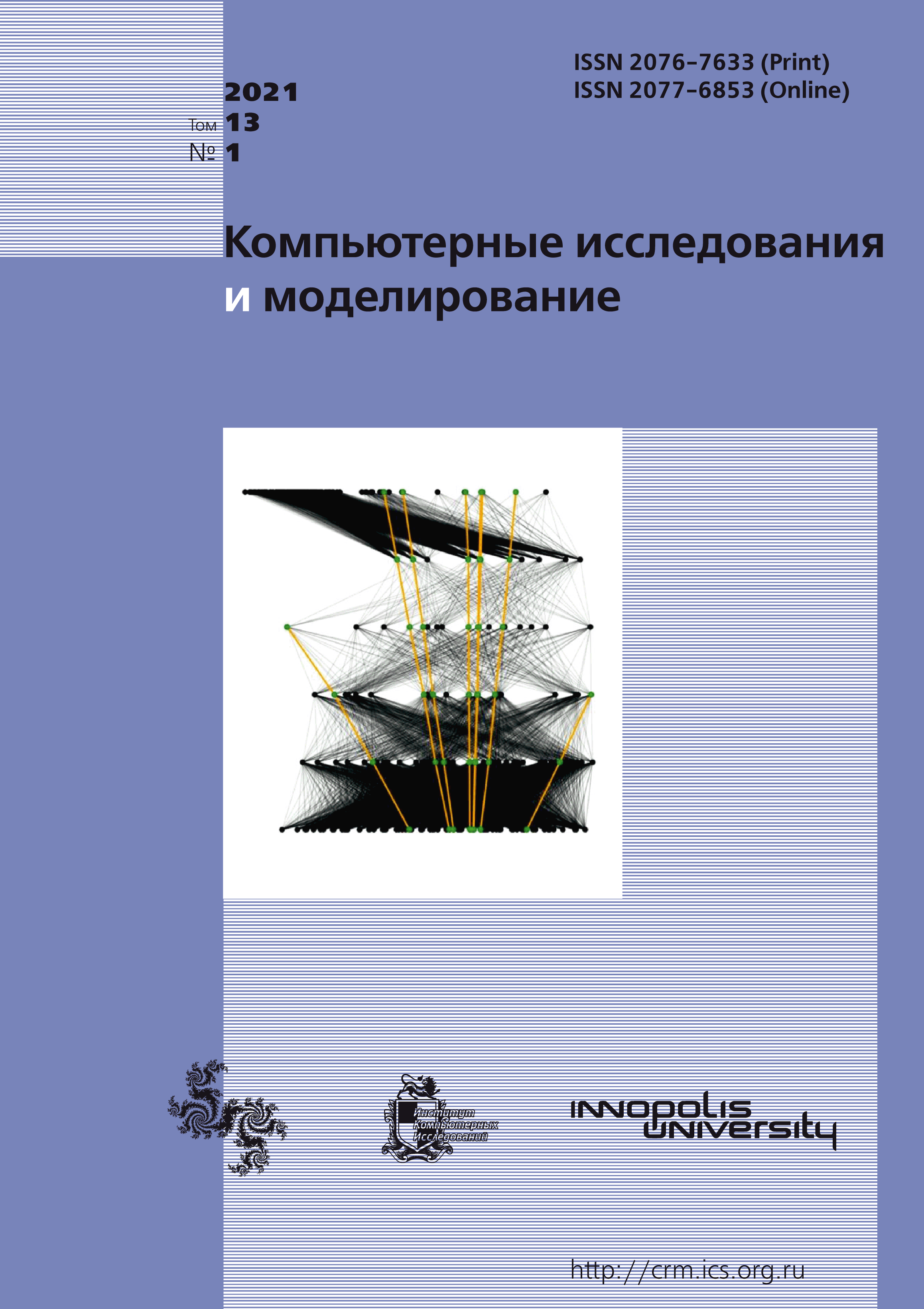All issues
- 2025 Vol. 17
- 2024 Vol. 16
- 2023 Vol. 15
- 2022 Vol. 14
- 2021 Vol. 13
- 2020 Vol. 12
- 2019 Vol. 11
- 2018 Vol. 10
- 2017 Vol. 9
- 2016 Vol. 8
- 2015 Vol. 7
- 2014 Vol. 6
- 2013 Vol. 5
- 2012 Vol. 4
- 2011 Vol. 3
- 2010 Vol. 2
- 2009 Vol. 1
Study of the dynamics of the structure of oligopolistic markets with non-market opposition parties
 pdf (416K)
pdf (416K)
The article examines the impact of non-market actions of participants in oligopolistic markets on the market structure. The following actions of one of the market participants aimed at increasing its market share are analyzed: 1) price manipulation; 2) blocking investments of stronger oligopolists; 3) destruction of produced products and capacities of competitors. Linear dynamic games with a quadratic criterion are used to model the strategies of oligopolists. The expediency of their use is due to the possibility of both an adequate description of the evolution of markets and the implementation of two mutually complementary approaches to determining the strategies of oligopolists: 1) based on the representation of models in the state space and the solution of generalized Riccati equations; 2) based on the application of operational calculus methods (in the frequency domain) which owns the visibility necessary for economic analysis.
The article shows the equivalence of approaches to solving the problem with maximin criteria of oligopolists in the state space and in the frequency domain. The results of calculations are considered in relation to a duopoly, with indicators close to one of the duopolies in the microelectronic industry of the world. The second duopolist is less effective from the standpoint of costs, though more mobile. Its goal is to increase its market share by implementing the non-market methods listed above.
Calculations carried out with help of the game model, made it possible to construct dependencies that characterize the relationship between the relative increase in production volumes over a 25-year period of weak and strong duopolists under price manipulation. Constructed dependencies show that an increase in the price for the accepted linear demand function leads to a very small increase in the production of a strong duopolist, but, simultaneously, to a significant increase in this indicator for a weak one.
Calculations carried out with use of the other variants of the model, show that blocking investments, as well as destroying the products of a strong duopolist, leads to more significant increase in the production of marketable products for a weak duopolist than to a decrease in this indicator for a strong one.
Copyright © 2021 varshavsky L.Eug.
Indexed in Scopus
Full-text version of the journal is also available on the web site of the scientific electronic library eLIBRARY.RU
The journal is included in the Russian Science Citation Index
The journal is included in the RSCI
International Interdisciplinary Conference "Mathematics. Computing. Education"






